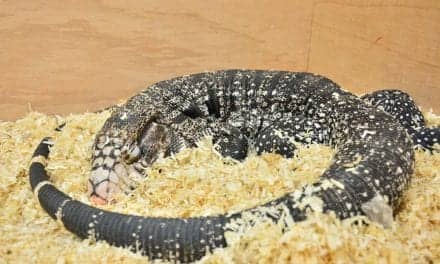Scientists have long known that slow oscillations (SOs) and sleep spindles—sudden half-second to two-second bursts of oscillatory brain activity—play an important role in the formation and retention of new memories.
But experts in the United Kingdom and Germany have discovered that the precise combination of slow oscillations and sleep spindles is vital for opening windows during which memories are reactivated, helping to form and cement memories in the human brain.
Researchers at the University of Birmingham and Ludwig-Maximilians-University Munich published their findings in Nature Communications.
Co-author Bernhard Staresina, PhD, from the University of Birmingham’s School of Psychology, says in a release, “Our main means of strengthening memories while we sleep is the reactivation of previously learnt information, which allows us to solidify memories in neocortical long-term stores.
“We have discovered an intricate interplay of brain activity—slow oscillations and sleep spindles—which create windows of opportunity enabling this reactivation.”
Co-author Thomas Schreiner, from Ludwig-Maximilians-University, Munich, says in a release, “Memory reactivation is specifically bound to the presence of SO-spindle complexes. These results shed new light on the memory function of sleep in humans and emphasize the importance of orchestrated sleep rhythms in strengthening our powers of recall and orchestrating the creation of memories.”
Before this study, evidence of the brain’s capacity to reactivate memories during sleep was scarce, but the team devised novel tests where participants were shown information before taking a nap and closely monitored brain activity during non-rapid eye movement (NREM) sleep using EEG recording. Those taking part were then tested on their memory recall after waking up, allowing the researchers to link the extent of memory reactivation during sleep to memory performance.
The results revealed reactivation of learning material during SO-spindle complexes, with the precision of SO-spindle coupling predicting how strongly the memory would be reactivated by the brain. This in turn predicted the level of memory consolidation across participants and the subsequent clarity of recall.
Illustration 201635226 / Brain Memory © Arkela | Dreamstime.com





